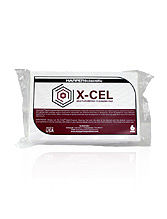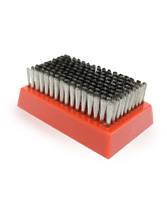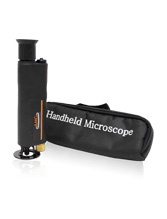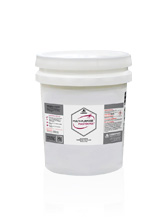Tips to Extend the Life of Your Anilox Rolls
Anilox maintenance is the cornerstone of the flexographic process. Having a process in place where every anilox at every press is documented and accounted for will provide predictable and repeatable results on press.
Achieving adequate color density and reproducing it on each successive run is the common goal of flexo printers. With the same anilox roller volume every day, you can significantly reduce color matching time. The objective is to standardize the printing process and good cleaning and maintenance routine is a part of the process. Take the time to develop a maintenance plan that works for you, and then stick with it. Taking care of your anilox rolls will save you time, money, and energy in the future.
These 10 tips are recommended to protect your anilox roll investment:
- Incoming inspection: Inspect the box/crate to ensure no damage has occurred during transit. Should damage be visible, notify the carrier immediately to establish liability.
- Handle carefully: Remove the roll from the box/crate and unwrap and inspect it. Handle with care. Any ding, dent or scratch could destroy the engraved cells and affect your print quality.
- Protect your investment: Always lift the anilox roll with both hands or use a hoist. Do not drag the anilox roll off or across the table or floor, as you risk damaging the engraved cells. When not in use, use a protective cover to avoid damage.
- Keep circulating: When in press, ink should always be circulating and the anilox rotating when not in use. This prevents ink from drying in the cells.
- Doctor blade applications: Disengage the doctor blade from the anilox roll during color changes to make sure there is no ink buildup. Always use filters and magnets if you are using doctor blades—These will help prevent scoring.
- Keep clean: In a perfect world, the anilox should be cleaned at the end of every job. This should be the daily routine of every press operator. A stainless-steel brush should be used on ceramic anilox rolls. Do not use brass brushes on ceramic. Always brush in a circular motion with a safe cleaner.
- Watch the pH: Do not use any cleaner on your anilox that is highly caustic or acidic. Blistering or delamination of the ceramic may result. The acceptable pH range of a cleaner is 6.5-11.8.
- Know what you are using: Aluminum-base cores are more susceptible to corrosion and should be cleaned with a mild chemical or mechanical cleaning procedure.
- Anilox sleeves: Use “aluminum safe” cleaners on all anilox sleeves. Keep the insides (bores) and ends of sleeves clean. No dried ink. Keep sling guards clean and free of dried ink to prevent grinding and damage to the ends. Do not allow chemicals or cleaners to contact the internal composites. This can also lead to delamination of the ceramic. Use caution and protective end caps when cleaning in chemical bath tanks. Do not allow the temperature to be above 120 degrees Fahrenheit when using chemical bath tanks.
- Post-cleaning practices: Always thoroughly rinse and dry the anilox surface and ends of the ceramic. Flash off any residual chemicals or water with an alcohol wipe or “anilox surface cleaner.” When using compressed air to dry, be sure the line is oil-free.
These are great tips to follow when setting up your anilox roll care and maintenance program. It is also recommended to train your staff in the proper cleaning and handling techniques. This is important so everyone has a full understanding of the effects of improper chemicals and not only how they may cause harm to the anilox roll, but also for personal safety.
Set up your anilox prep area with the proper offline equipment that will thoroughly clean and measure your inventory on a regularly scheduled basis. Every printer should implement a care and maintenance program geared toward the cleaning, protection, storage, and handling practices of their anilox inventory. This can be achieved by implementing an Anilox Management Program, where aniloxes can be cleaned, measured, and recorded. The implementation of this process will allow you to maximize your ROI and achieve the highest levels of press performance.
To deliver measurable and quantifiable solutions that keep your print room running at peak efficiency, Harper assembled the experts, tools, systems, and training of our Harper Technical Services Division. Our programs are customized, deliver a typical 6-month return on investment and are backed by the best warranty in the industry. The Harper Technical Services department is represented by a multi-disciplined team of experts.
Our goal is to prolong the life and performance you are currently getting from your anilox rolls. Ultimately this program is designed to streamline your process, providing positive returns on your investment. The Anilox Management Program has proven to be successful with many of our customers.
- Notable Improvements:
- Increased press speeds
- Reduction in downtime
- Print consistency from run to run
- Reduction in press set up times
- Reduction in ink waste/usage
- Inventory control
Quality Care and Maintenance
Supplies for Your Pressroom
Keep your pressroom running smoothly with HarperScientific's variety of care and maintenance supplies. Our comprehensive line includes ink proofers like our patented QD™ proofer for color matching, press washes, solvents, plate cleaners, and brushes. Trust us to provide the high-quality supplies your pressroom needs. Shop now.










